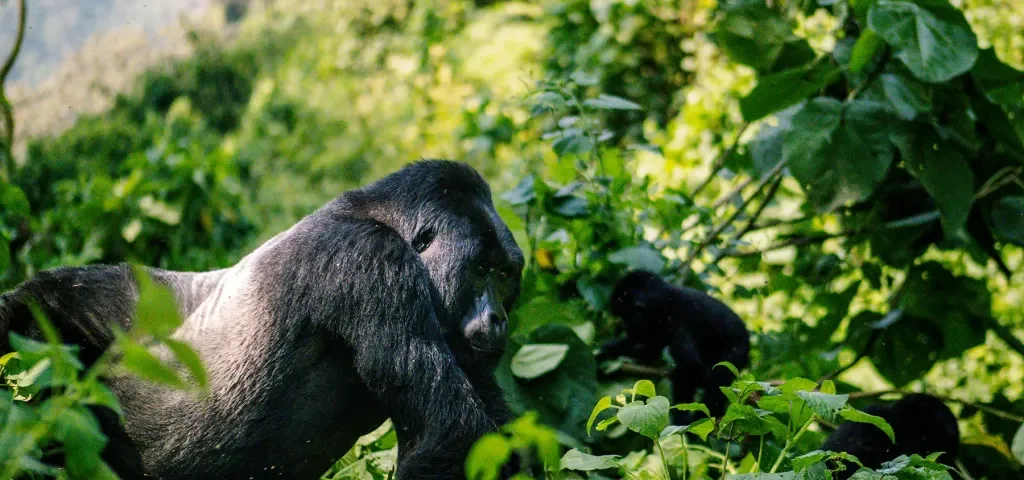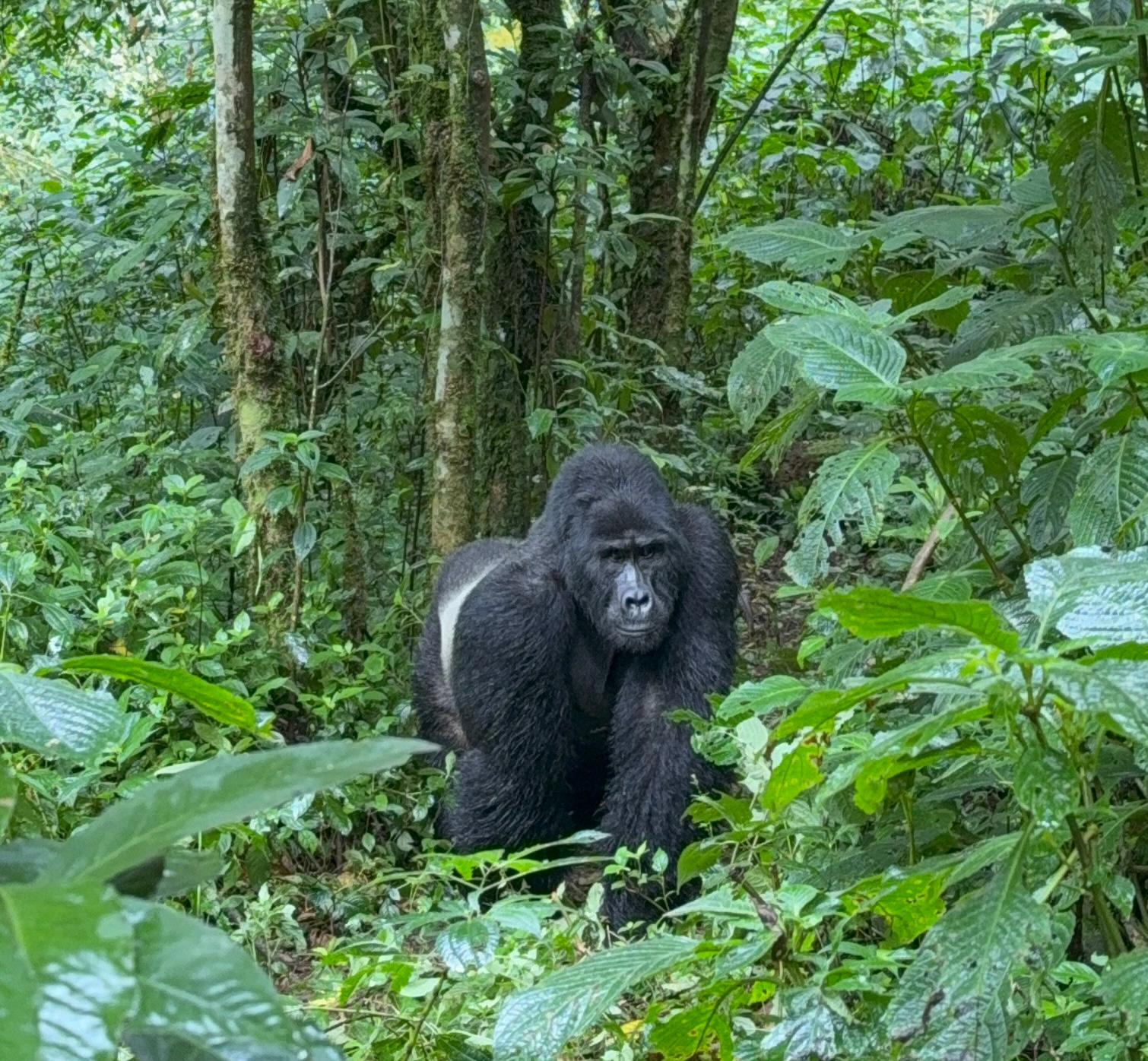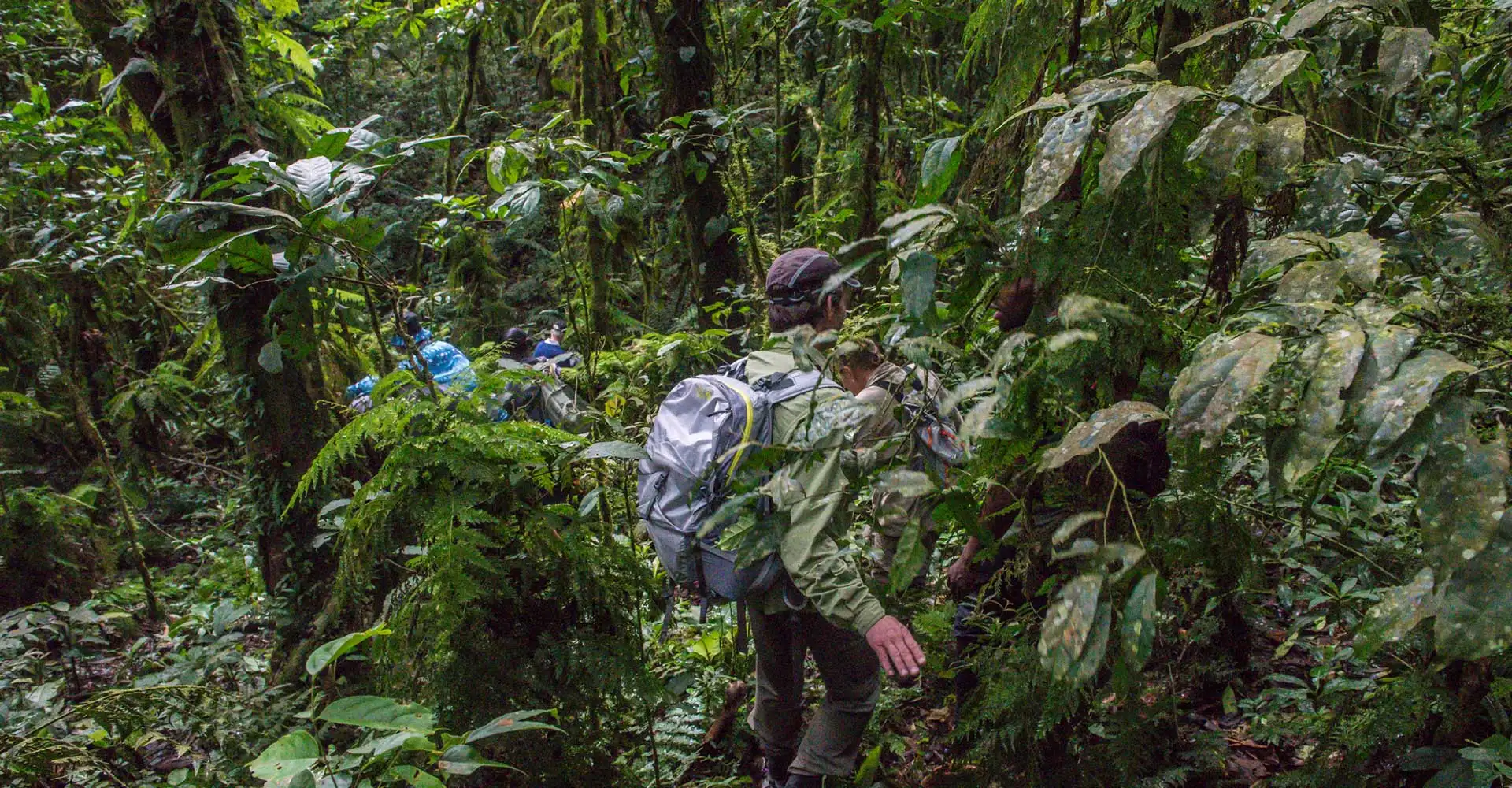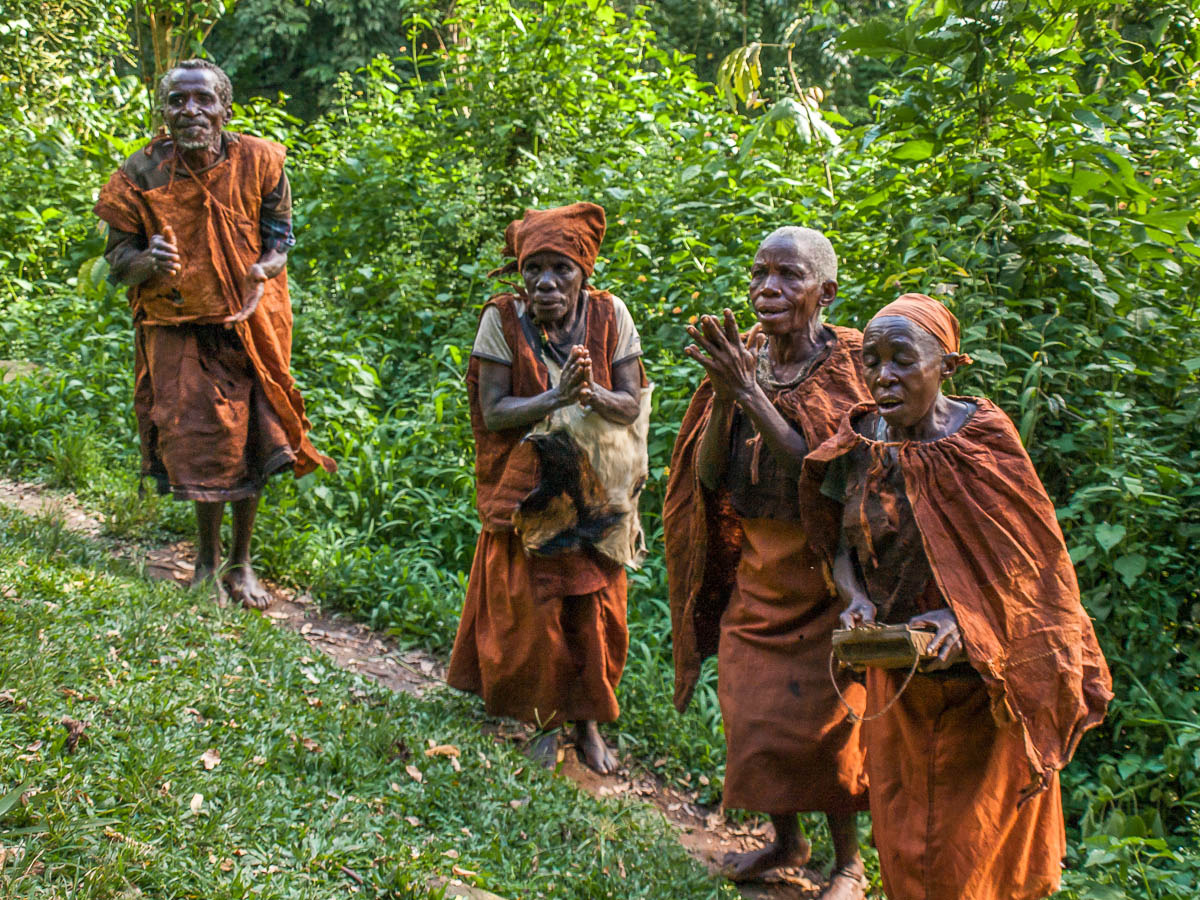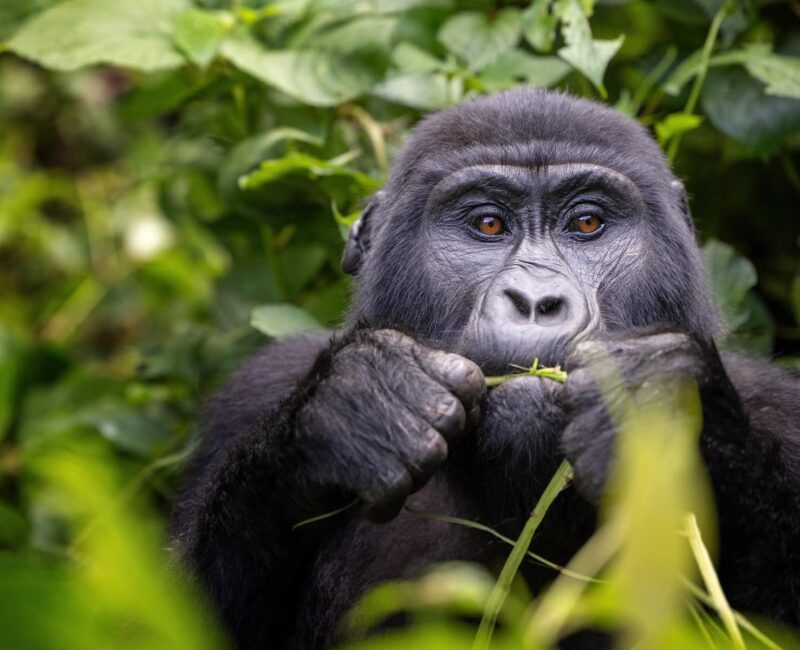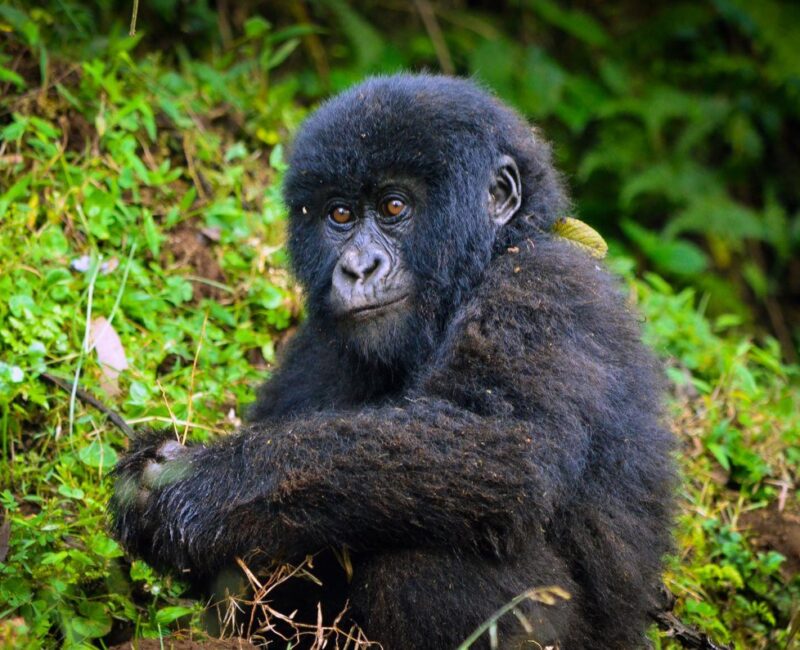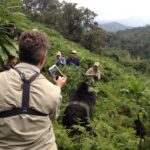
How to Prepare for Gorilla Trekking
September 23, 2025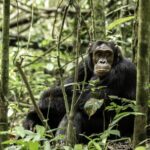
How Climate & Season Affect Primates’ Behavior and Viewing
September 24, 2025The Safety Of Gorilla Trekking In Uganda
Uganda stands as one of the world’s premier wildlife destinations, drawing visitors from across the globe to its rich forests and thriving ecosystems. Among the country’s most sought-after adventures is Uganda Gorilla Trekking, a unique opportunity to witness mountain gorillas in their natural habitat. This experience is part of a larger spectrum of Uganda Wildlife Safaris, which include chimpanzee trekking in Kibale Forest, game drives in Queen Elizabeth National Park, and boat excursions along the Kazinga Channel. Uganda Safaris Holidays combine wildlife encounters with immersive cultural experiences, making the country a standout choice for travelers seeking authentic African adventures.
For many, the question arises: How safe is gorilla trekking in Uganda? With careful preparation, adherence to guidelines, and expert guidance, Uganda Gorilla Safaris remain one of the safest and most transformative wildlife experiences on the continent. Understanding gorilla behavior, navigating the challenging terrain, and following health precautions are key factors that ensure a safe and unforgettable journey. This article explores every aspect of gorilla trekking safety, including regulations, environmental challenges, cultural experiences, and practical preparation tips for travelers.
Understanding Gorilla Behavior: A Key to Safe Trekking
Mountain gorillas are intelligent, social primates with distinct behaviors and complex family structures. Each group is led by a silverback, a dominant male responsible for the safety and cohesion of the family. Trekkers often witness the silverback leading daily activities, making decisions on movement, feeding, and rest. Subordinate males, adult females, and juveniles interact through grooming, play, and protective behaviors, revealing a sophisticated social hierarchy. Understanding these behaviors is essential for maintaining safety during Uganda Gorilla Trekking.
Gorillas spend a significant portion of the day foraging. Their diet consists mainly of leaves, stems, fruits, and bamboo shoots. Observing feeding patterns provides insight into their daily routines and adaptability to forest life. Trek participants can also note how gorillas communicate, using gestures, vocalizations, and facial expressions to maintain group harmony. Recognizing these signals helps visitors anticipate gorilla reactions and ensures minimal disturbance during encounters.
While gorillas are generally peaceful, they display defensive behaviors if they feel threatened. A silverback may engage in bluff charges, chest-beating, or vocalizations to assert dominance. During Uganda Gorilla Safaris, trekkers are trained to remain calm, avoid direct eye contact, and crouch if approached. These measures respect gorilla space while ensuring human safety. By learning gorilla social structures and responses, travelers gain a deeper appreciation for these primates and reduce the risk of incidents.
Safety Measures and Regulations in Uganda Gorilla Trekking
Gorilla trekking in Uganda is strictly regulated by the Uganda Wildlife Authority (UWA) to protect both wildlife and visitors. Expert guides and rangers accompany every trek, providing essential knowledge of gorilla behavior, trail navigation, and emergency procedures. Group sizes are limited, often to eight participants per gorilla family, ensuring controlled and safe interactions.
Key regulations include maintaining a minimum distance of seven meters from the gorillas. This rule minimizes the risk of disease transmission, as humans can pass respiratory illnesses to gorillas. Additionally, trekkers must wear face masks during encounters, further protecting these endangered animals. Gorilla families undergo a habituation process, gradually acclimating them to human presence. This reduces the likelihood of aggressive responses and allows for safe observation during Uganda Gorilla Safaris.
Security presence in the parks enhances visitor safety. A combination of tourism police, military personnel, and armed rangers patrols the trekking areas. These teams ensure the safety of both trekkers and wildlife, manage unexpected encounters with other animals, and respond to emergencies. The government prioritizes conservation in Bwindi Impenetrable and Mgahinga Gorilla National Parks, maintaining stability and creating a secure environment for Uganda Gorilla Safaris and broader Uganda Wildlife Tours.
Physical and Environmental Challenges
Although Uganda Gorilla Trekking is safe, the trek involves navigating challenging terrain. Trails can be steep, muddy, and uneven, requiring moderate physical fitness. Sturdy, well-worn hiking boots and gaiters are essential for maintaining stability and comfort. Trekkers should pace themselves, take breaks, and stay hydrated to avoid fatigue. Hiring a local porter can also reduce physical strain, allowing travelers to focus on the experience rather than their gear.
Visitors may encounter other wildlife and insects along the trail. Mosquitoes, ants, and small forest creatures are common, making insect repellent and protective clothing essential. The dense rainforest canopy can also create slippery conditions during rain, emphasizing the importance of waterproof clothing and careful movement. By preparing physically and equipping themselves properly, travelers mitigate environmental risks while enjoying the beauty of Uganda’s forests.
Gorilla behavior, while generally calm, can sometimes appear intimidating. Silverbacks may perform bluff charges or chest-beating if they perceive a threat. Maintaining calm, avoiding sudden movements, and following ranger instructions ensures safety. Understanding and respecting gorilla behavior allows visitors to engage with these majestic animals without causing stress or provoking aggression.
Health Precautions and Medical Preparedness
Health precautions are vital for safe Uganda Gorilla Trekking. Trekkers are required to wear face masks to prevent the transmission of human diseases to gorillas. Visitors should also consult healthcare providers regarding necessary vaccinations, including yellow fever, and follow malaria prevention protocols. Carrying a basic first-aid kit with personal medications, bandages, and antiseptic supplies prepares trekkers for minor injuries or discomfort.
Proper hydration is critical during the trek, as dehydration increases fatigue and reduces alertness. Energy-rich snacks, such as bananas or biscuits, help maintain stamina. Observing general hygiene practices and avoiding consumption of food near gorillas reduces the risk of contamination. These simple measures, combined with guidance from trained rangers, make Uganda Gorilla Safaris both safe and enjoyable.
Cultural Experiences Around Gorilla Trekking Lodges
Uganda Gorilla Safaris are enhanced by cultural experiences in nearby communities. The Batwa people, indigenous forest dwellers, offer insights into traditional practices, music, and dance. Guided cultural tours demonstrate forest survival skills, traditional medicine, and storytelling, allowing travelers to appreciate local heritage.
Village walks introduce trekkers to local farmers, artisans, and schools, highlighting how tourism supports sustainable community development. Participating in workshops, such as basket weaving or traditional cooking, enriches Uganda Safaris Holidays by combining wildlife observation with cultural learning. Evening performances of music and dance at lodges provide additional immersion, fostering a deep connection between visitors and local communities.
These cultural interactions not only enhance the overall experience but also reinforce the ethical and responsible nature of Uganda Gorilla Safaris. By supporting local communities, visitors contribute to conservation and sustainable tourism while gaining authentic, memorable experiences.
Integrating Gorilla Trekking with Other Uganda Wildlife Safaris
While gorilla trekking is often the centerpiece of a Uganda Safari Holiday, the country offers a variety of complementary wildlife experiences. Chimpanzee trekking in Kibale Forest, boat cruises in Queen Elizabeth National Park, and game drives in Murchison Falls National Park diversify a safari itinerary. Combining these activities with gorilla trekking provides a more comprehensive understanding of Uganda’s rich biodiversity.
Birdwatching enthusiasts benefit from Uganda Wildlife Safaris as well, with over 1,000 recorded species. Photographers capture everything from gorillas to elephants and hippos, ensuring a rewarding visual experience. Multi-day Uganda Wildlife Tours allow travelers to balance primate-focused adventures with encounters of other African wildlife, creating a holistic safari experience that is safe, structured, and deeply engaging.
Why Uganda Gorilla Trekking Is Considered Safe
Gorilla trekking in Uganda stands out as one of the safest wildlife experiences globally. Strict UWA regulations, expert guides, small group sizes, and a strong security presence ensure that risks are minimized. Compared to other adventure tourism activities, such as big game safaris where vehicles may approach predators, Uganda Gorilla Safaris provide controlled and predictable conditions.
The combination of habituated gorilla families, trained rangers, and regulated trekking routes makes encounters both safe and unforgettable. Visitors who adhere to guidelines, maintain physical readiness, and respect wildlife boundaries enjoy a secure and transformative experience. By integrating gorilla trekking with cultural immersion and additional wildlife tours, Uganda offers a diverse, ethical, and enriching safari holiday that is safe for travelers and sustainable for wildlife.
Embracing Safe and Transformative Uganda Gorilla Safaris
In conclusion, how safe is gorilla trekking in Uganda? When approached responsibly, the experience is highly safe and well-regulated. Preparation, respect for wildlife, adherence to health protocols, and guidance from expert rangers make Uganda Gorilla Trekking an extraordinary adventure. Visitors witness mountain gorillas, understand their behaviors, and engage with surrounding communities, creating a multi-faceted safari experience.
Combining gorilla trekking with Uganda Wildlife Safaris, cultural tours, and birdwatching excursions enhances the safety, diversity, and richness of the journey. By prioritizing preparation, health, and responsible behavior, travelers can enjoy one of Africa’s most remarkable wildlife experiences with confidence. Uganda Gorilla Safaris are not only safe but deeply enriching, providing lifelong memories while supporting conservation and sustainable tourism.

